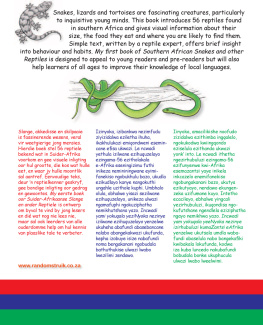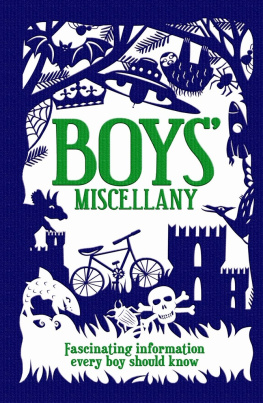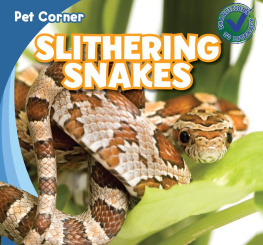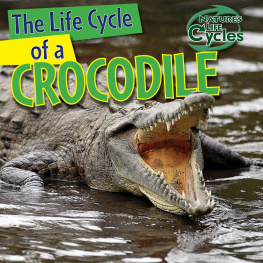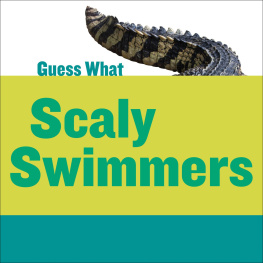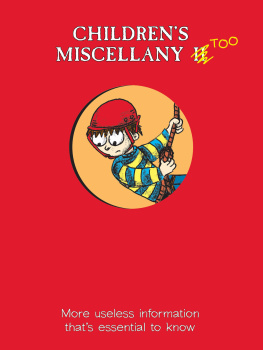The publisher and authors disclaim any liability for accidents or injuries that may occur as a result of information given in this book and ask the reader to use common sense to distinguish humor from real advice.
Every effort has been made to ensure that the information in this book is correct at the time of going to press. Nevertheless, some of the information is, by its very nature, anecdotal, changeable, or disputable and cannot therefore be assumed to be authoritative or exhaustive.
The book is, however, guaranteed to be thoroughly enjoyable.

The strangely pleasant feeling of desperately needing the toilet
The feeling of disappointment you get when you receive the same present twice
An itch that you can get rid of only by scratching another part of your body
The shock of hearing your own name spoken during a daydream in class
The extra-delicious taste that food has when you can have only one mouthful
The faraway feeling you get in your head when you read something out loud in front of lots of people
The love you feel for someone (usually a brother or sister) that can be expressed only by annoying them
The shame of being told off by a friends parent
Outer space begins 62 miles (100 km) above Earths surface. The line where outer space begins is called the Krmn line.
A billion seconds ago, your parents were children.
A billion minutes ago, the Roman Empire was booming.
A billion hours ago, Neanderthals lived in Europe and Asia.
A billion months ago, dinosaurs ruled Earth.
A billion years ago, primitive life evolved.
TANGERINE
Has dimpled skin that peels off easily. Smaller than an orange, but heavy for its size. The name comes from Tangier, a port in Morocco, from where the first tangerines were shipped to Europe.
SATSUMA
Sweet, seedless, and smaller than an orange. The skin can be peeled easily. First exported from Satsuma Province in Japan, where satsumas are called mikan.
CLEMENTINE
Smooth, glossy, vibrant orange skin that is thin and easy to peel. They separate easily into 8 to 12 juicy, sweet-tasting segments.
ORANGE
Thought to be a cross between a pomelo (a pale-green fruit bigger than a grapefruit) and a tangerine. (A grapefruit is a cross between a pomelo and an orange.)
MANDARIN ORANGE
Resembles an orange, but is shaped like a flattened sphere. It comes in several varieties, including the tangerine, satsuma, and clementine.
TANGOR
A cross between a mandarin and an orange. Thin, easy-to-peel rind and pale-orange pulp that tastes spicy and tart.
| Troposphere | 0 to 9 miles (0 to 14.5 km) above Earth |
| Stratosphere | 9 to 31 miles (14.5 to 50 km) above Earth |
| Mesosphere | 31 to 53 miles (50 to 85) km above Earth |
| Thermosphere | 53 to 372 miles (85 to 600) km above Earth |
| Exosphere | 372 miles+ (600 km+) above Earth |

Vieux Boulogne Pont lvque Munster Camembert Gammelost Limburger Brie de Meaux Roquefort Reblochon Livarot Banon Gorgonzola poisses de Bourgogne Stinking Bishop
Sonic weapons are weapons that use sound waves to deter or injure the enemy.
INFRASONIC SIREN
Modern cruise ships have experimented with infrasonic sirens to repel enemies at sea. The low-frequency sound can make concrete walls crumble and humans violently ill.
ANTI-FROGMAN WEAPON
A ship can sound its ordinary navigation sonar to deter enemy scuba divers. The sound waves disorient divers, who either panic and drown or are forced to the surface.
SONIC BULLETS
These high-power beams of ultrasound can measure up to 145 decibels. The sound waves stop people in their tracks.
INFRASONIC GUN
In the 1950s, the first infrasonic gun was immediately classified as almost lethal when it made the internal organs of the test subjects bleed. The gun made the laboratory shake violently, even on low power.
| Portuguese man-of-war | Jellyfish with stinging tentacles |
| Stinging seaweed | Venomous animal disguised as a plant |
| Fire coral | Looks like coral but has stinging tentacles |
| Stonefish | Looks like a stone but has poisonous spines |
| Sea urchin | Has poisonous spines that break off in your foot |
| Stingray | Fish that lies in the sand and has a razor-sharp spine and stinging tail |
| Blue-ringed octopus | The size of a tennis ball, with poison powerful enough to kill a human in minutes |

Chewing-gum packets Airplane sick bags
Potato-chip bags Rubber ducks Matchboxes
Subway tickets Four-leaf clovers Fruit sticker-labels
Human teeth Buttons Ballpoint pens
Fridge magnets Soft-drink cans
On average, the Moon takes 29 days to complete one orbit around Earth. This is known as a lunar month. During this time, the Moon goes through a complete cycle, from new Moon to full Moon and back again. The phases are:

In the Southern Hemisphere, the above is reversed so that a waxing-crescent Moon is seen as the left side of the Moon, and a waning-crescent Moon is seen as the right side of the Moon.
Paraguay is the only country in the world whose national flag has two different sides.
Deadly nightshade Hemlock Holly Death cap mushroom Mistletoe Iris Yew

1. Try to write in your diary regularly, even if it is not every day.
2. Find a quiet place where you wont be disturbed while writing.
3. Write the date, time, and place at the beginning of each entry.
4. Keep mementos such as photos, movie tickets, and party invitations in your diary.
5. Be as honest as you can about your thoughts and feelings.
6. Find a good hiding place for your diary. You could disguise it by covering it with a dust jacket belonging to a boring book and putting it on your bookshelf.
7. If youre still worried about someone finding it, write a few dull entries in a decoy diary and leave it somewhere obvious.
| Peregrine falcon | 168 mph (270 kph) |
| Spine-tailed swift | 106 mph (171 kph) |
| Frigate bird | 95 mph (153 kph) |
| Spur-winged goose | 88 mph (142 kph) |
| Red-breasted merganser | 80 mph (129 kph) |


